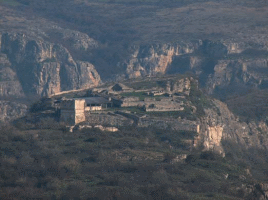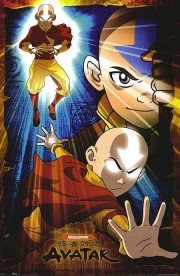Video Lan Player 1.0.1 buggy streaming over the web from command line
 This is mostly a rant, but also it should help people trying to do this as well to stop trying until there is some sort of solution from the VLC side.
This is mostly a rant, but also it should help people trying to do this as well to stop trying until there is some sort of solution from the VLC side.I was trying to see how a web cam can be streamed over the web using VLC, a software that otherwise am very satisfied with as a video player. Recently they did a 1.0.0 version, which is quite something for free software that comes from the Linux world; usually they are 0.8 something and with a lot of alpha-beta-zeta afterward. So, as I was saying, recently VLC jumped from the 0.9.x version to 1.0.0, with a much more user friendly user interface and (at least so it seems to me) less adaptability than before. What I mean is that, in extreme cases, it throws errors that previous versions were able to circumvent, like when using partial or damaged video files. Also, it crashes on some older videos as well and I am forced to use the ancient (but sturdy) mplayer.
Back to business, I read the comprehensive command line help file that is almost 250k long, found what I was looking for, then tried. No success. I really felt like an idiot, as it wouldn't work whatever I did. In the end I just gave up and tried to start the streaming from the GUI, not from the command line. IT WORKED! Copying the exact command line parameters that the GUI would generate did not work. Saving the WORKING streaming to a playlist and then loading the playlist DID NOT WORK.
Here I have to say two things: when I say that it worked, it means that I had to fight it to be able to stream what I wanted and not HOW I wanted. Basically, the streaming will not work AT ALL if transcoding is not activated, which I personally think it makes it unusable anyway.
So, bottom line is that if you are trying to use VLC 1.0 from the command line, you are pretty much screwed. At least the flag that I was interested in (--dshow-vdev) would not select my web cam if its life depended on it. And it sort of did. Not likely I will use VLC in my business application.
I've even tried to go to one of those old style PHP forums that they have on the Videolan site. I waited for half an hour to receive the registration email and at that time I had given up completely. They had like 60.000 messages on the forums anyway and I doubt I would have gotten a reply any more intelligent than the usual RTFM. Yeah, I know, I sound very Linux unfriendly, but actually I am not, I've worked on Linux quite some time. What I am not friendly towards are the borderline psychotic assholes that only answer when they have nothing to actually say to help.






